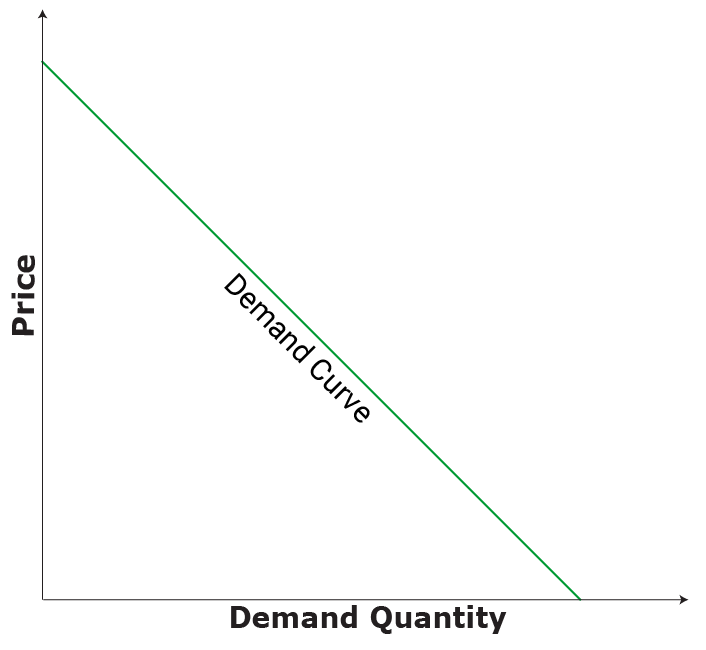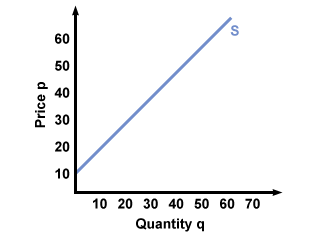The Law of Demand and the Demand Curve
We begin with demand because demand is usually easier to understand from our personal experiences. We are all consumers and we all demand goods and services. Demand is derived from consumers' tastes and preferences, and it is bound by income. In other words, given a limited income (whether it be $30,000 or $5 million), the consumer must decide what goods and services to purchase. Within his budget, the consumer will purchase those goods and services that he likes best. Each consumer will purchase different things because individual preferences and incomes differ. The law of demand holds that other things equal, as the price of a good or service rises, its quantity demanded falls. The reverse is also true: as the price of a good or service falls, its quantity demanded increases. This law is a simple, common sense principle. Think of your trips to the grocery store. When the price of orange juice rises, for example, you buy less of it. When that item is on sale, you purchase more of it. This is all that we mean by the law of demand.A demand curve is a graphical depiction of the law of demand. We plot price on the vertical axis and quantity demanded on the horizontal axis. As the figure illustrates, the demand curve has a negative slope, consistent with the law of demand.
The Law of Supply and the Supply Curve
Supply is slightly more difficult to understand because most of us have little direct experience on the supply side of the market. Supply is derived from a producer's desire to maximize profits. When the price of a product rises, the supplier has an incentive to increase production because he can justify higher costs to produce the product, increasing the potential to earn larger profits. Profit is the difference between revenues and costs. If the producer can raise the price and sell the same number of goods while holding costs constant, then profits increase.The law of supply holds that other things equal, as the price of a good rises, its quantity supplied will rise, and vice versa.
Equilibrium: Determination of Price and Quantity
What price should the seller set and how many videos will be rented per
month? The seller could legally set any price she wished; however,
market forces penalize her for making poor choices. Suppose, for
example, that the seller prices each video at $20. Odds are good that
few videos will be rented. On the other hand, the seller may set a
price of $1 per video. Consumers will certainly rent more videos with
this low price, so much so that the store is likely to run out of
videos. Through trial and error or good judgement, the store owner will
eventually settle on a price that equates the forces of supply and
demand.
In economics, an equilibrium is a situation in which:
- there is no inherent tendency to change,
- quantity demanded equals quantity supplied, and
- the market just clears.
At the market equilibrium, every consumer who wishes to purchase the
product at the market price is able to do so, and the supplier is not
left with any unwanted inventory.



No comments:
Post a Comment